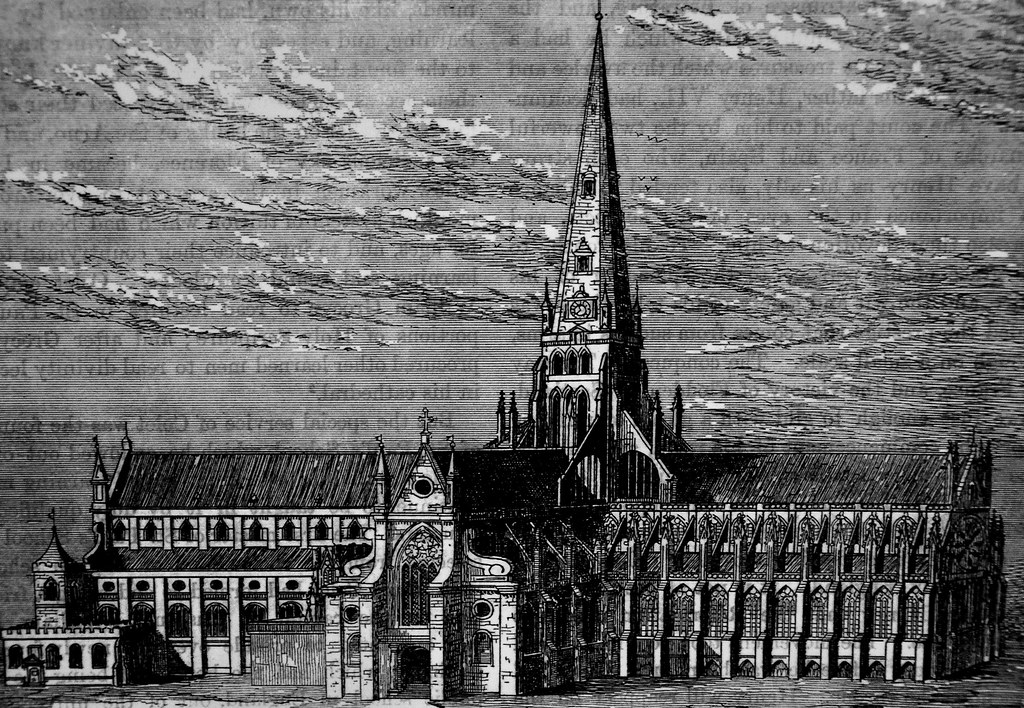
England’s first national lottery was launched on 23 August 1567 to raise £100,000 to repair ports. 400,000 tickets were on offer at ten shillings each. There were going to be 30,000 winners, with prizes worth £55,000 and the unlucky 370,000 were to be refunded 25% of their stake. Top prize was worth £5000.
Sounds a great deal and a real opportunity to climb the social ladder but the public didn’t buy it. The draw was repeatedly postponed in an attempt to sell more tickets and finally took place at the old St Paul’s cathedral in January 1569, eighteen months after sales began.
Only about 30,000 tickets were sold. 400,000 counterfoils were entered into one barrel and the 30,000 prizes, their value reduced by 90%, were in another barrel, together with 370,000 blanks. The top prize was now worth just £416.
The draw took months. Interested parties organised rotas of observers to check for malpractice, For the sake of anonymity, many of the tickets were identified not by names but by ‘mottos’, for example, ’The head of a snake with garlic is good meat’ and ‘in God I hope, and a fart for the pope’.
The lottery raised less than £5000. It is rumoured the queen expropriated much of the original prize money to fund her lavish lifestyle.

